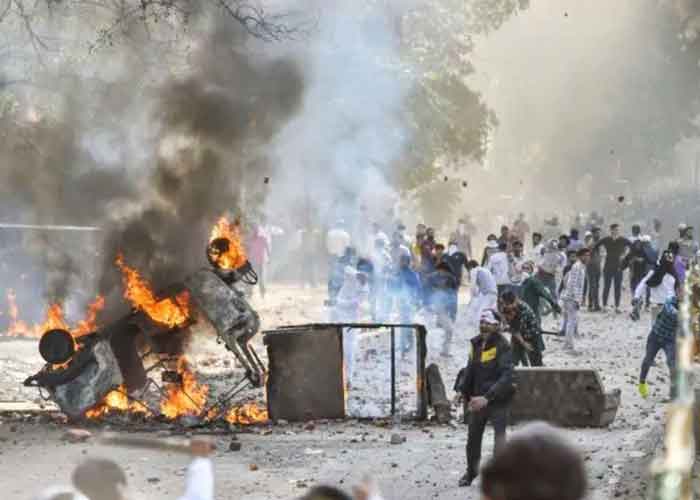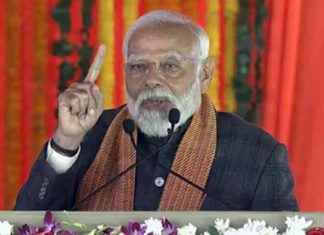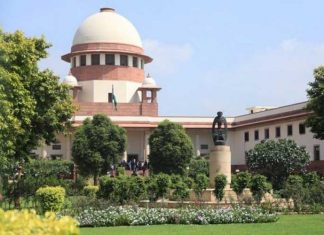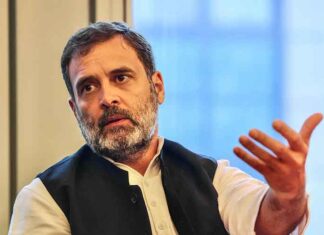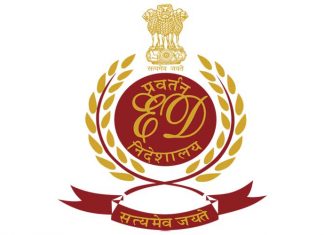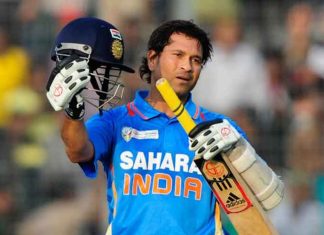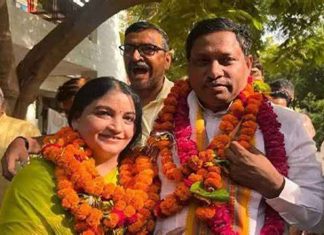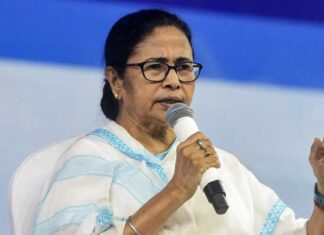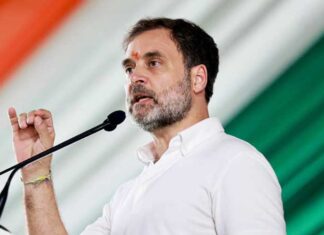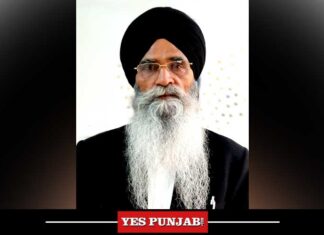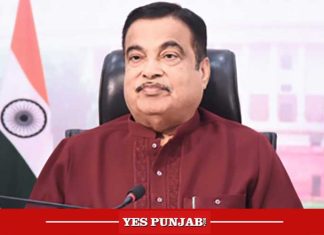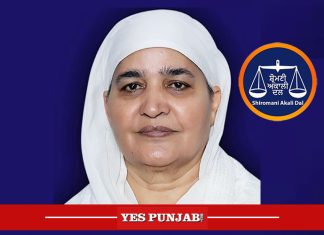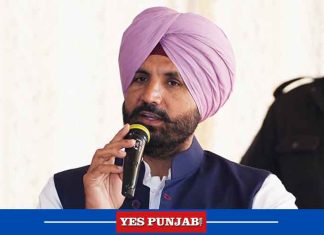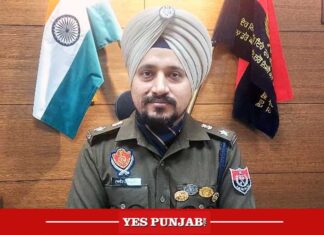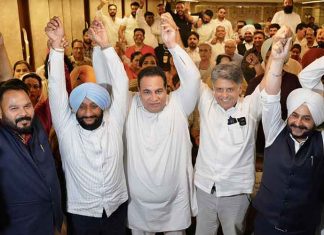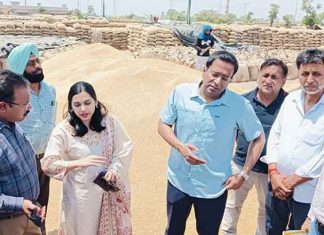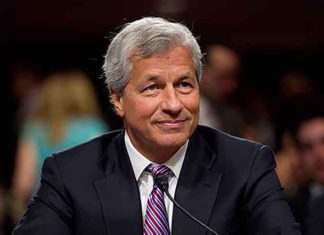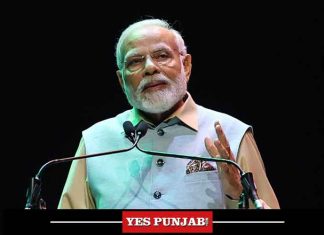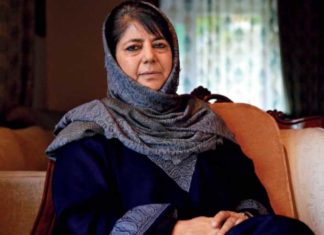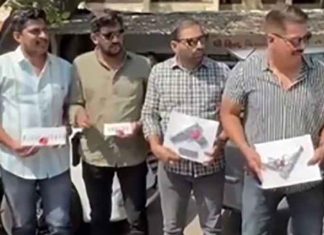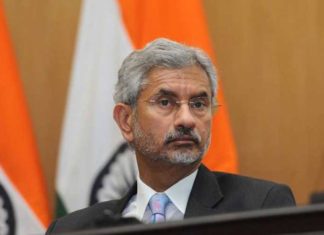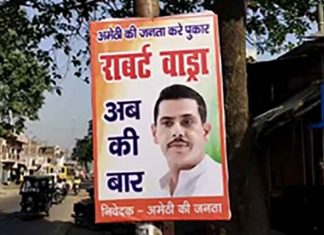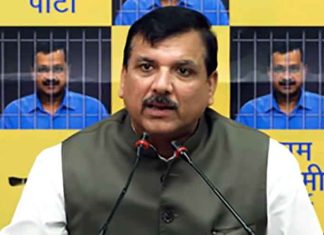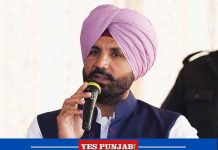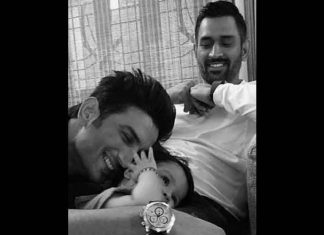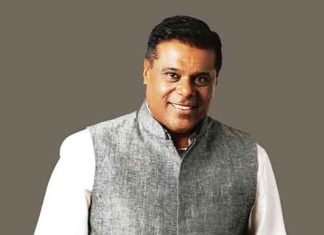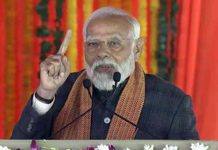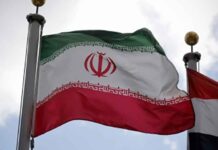The saga of communal violence in Delhi that suddenly peaked on the day President Donald Trump was in the capital and accounted for more than forty dead and thrice as many injured, is much more serious than what the casualties alone would suggest and calls for a thorough examination of its origins, sources of instigation and the underground network that was brought into operation — primarily to achieve the singular objective of portraying India as a country that faced a crisis of governance because of internal divisions and disgruntlement against the regime.
Those who have dealt with the problem of communal conflicts in India can clearly see that Delhi disturbances were not the outcome of traditional mob violence precipitated by some local cause but the upshot of an orchestrated vicious campaign that the Muslim minority here was not safe and the planned attempt to inject militancy on the communal front.
Clearly we need to know if there are masterminds in this country playing in cahoots with forces outside who were exploiting the narrative of ‘intolerance’, ‘majoritarianism’ and ‘ultra nationalism’ created by the political opposition against the Modi government, to cause internal instability on the play of minority issues in this country.
Public memory in India remained strong on how the legacy of Partition had kept the phenomenon of communal tensions and violence alive and how it always suited Pakistan to fish in the troubled waters of India’s communal affairs by pretending to be a well wisher of the muslim minority here.
In fact, the ’cause and effect’ relationship between India’s Pak policy and our domestic vulnerability on the communal front has returned with a resounding effect in recent times and it would be prudent for our national security set-up to get a deeper study of the same done in terms of its implications for and impact on India’s internal stability.
India’s record as the world’s largest functional democracy that was governed on the basis of a universal franchise resting on ‘one man one vote’ on one hand and the checkered political course that Pakistan took as an Islamic state after 1947 on the other, should have been enough for Indian Muslims — who are equal citizens of a sovereign nation — not to let Pakistan dominate their psyche and influence their socio-political outlook.
Perhaps that would have been the case but for the fact that Pakistan decided to run a ‘proxy war’ against India using faith-based militancy as its weapon ever since it realised — after the liberation of Bangladesh — that it could not avenge the defeat of 1972 through a conventional open war against this country.
It should be traced to Pak ISI launching cross border terrorism in Kashmir with the planned objective of replicating the success of Afghan Jehad there — for which it had to project Kashmir as a Muslim issue and presage that by instigating the program of forcible ouster of Kashmiri Pandits from the Valley.
The enactment of CAA that gave the hostile forces an opportunity of slipping in the fear of NRC to work up the emotions of the minority community became a source of steady disruption on the domestic front by the time Prime Minister Modi himself came out to dispel any misgivings on this matter.
That intervention from the top should have been followed by the police and administration in Delhi scaling up their preventive measures to give the message of zero tolerance to wards agent provocateurs and trouble makers.
Communally sensitive areas are already mapped out for early measures by the police to tighten up the look out for such elements on the first signs of tension. There is no reason why the visibility of the police leadership that was so successfully created by National Security Advisor should not have come about earlier from within the resources of Delhi Police.
In a commissioner’s system, the police is specially empowered to take all decisions on how to enforce law and order and the experience of Shaheen Bagh was enough to forewarn the local authorities that the shifting of the turbulence of that trouble spot to North East Delhi was designed to whip up violence to detract from a highly successful Delhi visit of President Donald Trump. Trump is a leader whose total support to India against the Pak-sponsored terror of Islamic militants was so well known.
It is now becoming increasingly clear that the violence in North East Delhi was in all likelihood the result of a planned offensive of elements who were guided from outside and not a familiar cycle of actions and reactions that was seen in any spontaneous communal riot sparked off by an initial local incident.
At the people’s level there were several instances of Muslim and Hindu families providing shelter and succour to the victims of the ‘other’ community. Preparations for mounting an attack — not protective measures — have now come to light. Individuals have indulged in organised militancy.
The gory murder of an Intelligence Bureau operator whose identity as a local resident was known to them, is ample proof of a conspiracy behind the precipitate violence — he was killed with vengeance in a manner that suggested involvement of enemy agents. The large killings as well as the huge destruction of property inflicted in a short period of time, indicate that invisible hands were involved and investigations of Police and specialised agencies would surely unearth them.
The learning from Delhi carnage is that the country must step back from politics of violence, that the right of protest must be exercised without venturing into acts that caused distress to the public and that preventive measures must be put into full operation at the first sign of communal tension — and these will include legal action against any speech that incited communal conflict or called for violence against the established democratic order regardless of whether such a speech was made at a religious place or a place of learning.
Police exercises sovereign power in matters of preserving law and order or investigating criminal offences. Senior officers have to be seen in front when the situation required using legitimate force. The policemen on the ground have proved their mettle in these disturbances and made sacrifices.
The events of Delhi, however, underscore a new dimension of the communal problem — the attempts being made to build militancy out of communal discords. Pakistan is already known to be playing the game of instigating ‘radicalisation’ in India wherever its agencies could do that.
The bulk of our people, of all communities, are attuned to ways of peace engaged as they were in the pursuit of livelihood and decent family life. Our law and order machinery should step up legal action against blatant incitement to communal violence and the nation’s security set up should speedily complete the task of identifying elements that were taking their orders from the enemy outside.
All police stations in communally sensitive areas must intensify their preventive watch, increase their outreach to the people there and facilitate functioning of the peace committees to defuse any developing tensions. Let Hindus nominate Muslim members of such a committee and vice versa.
The democratic governance of our nation that seeks to work for development of all and security of every citizen under the present regime, cannot be allowed to be damaged by the inimical forces within and outside of the country that were out to exploit India’s vulnerability on the communal front. (Agency)



